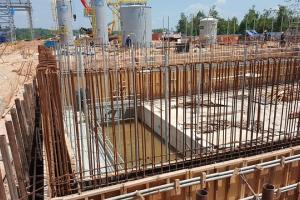Types of Slopes | Natural, Artificial, Finite, Infinite

Types of slopes
On the basis of method of construction:
- Natural Slope
- Artificial Slope
Natural Slopes
The slopes formed due to natural process and exist naturally are called natural slopes. Natural slopes are those that exist in nature and are formed by natural causes. Such slopes exist in hilly areas. The sides of cuttings, the slopes of embankments constructed for roads, railway lines, canals etc and the slopes of earth dams constructed for storing water are examples of man made slopes. The slopes whether natural or artificial may be
Artificial Slopes
The slopes formed by unnatural process. Artificial slopes are formed by humans as per requirements.
On the basis of type of soil:
- Cohesive soil slope: Having purely cohesive soil as its content
- Frictional soil slope: Slopes having frictional soil as its contents
- Cohesive frictional soil: Slopes made up of soil which has both frictional as well as cohesive properties.
Types of slopes According to extent:
Infinite Slopes
The type of slope extending infinitely, or up to an extent whose boundaries are not well defined. For this type of slope the soil properties for all identical depths below the surface are same. In the making of natural slopes, their is no contribution from our side.
Finite Slopes
The slope that is of limited extent. We the engineers deal with this type of slopes. The term infinite slope is used to designate a constant slope of infinite extent. The long slope of the face of a mountain is an example of this type, whereas finite slopes are limited in extent. The slopes of embankments and earth dams are examples of finite slopes. The slope length depends on the height of the dam or embankment.
In recent years soil cement as a facing material for earth fill dams has been found economical where suitable rip-rap is not available near the site. A reasonably firm foundation is preferred so that deformation after placement of soil-cement is not significant; however, no unusual design features need be incorporated into the embankment.









